Compared to last week, western Canadian feeder cattle prices traded $2-$3 on either side of unchanged. Alberta packers were buying fed cattle on a dressed basis at $275 delivered; the Alberta fed market has rallied $10-$12 over the past couple weeks. Secondly, U.S. feeder cattle prices have also rallied US$10-US$12 during the same time frame […] Read more
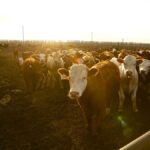
Klassen: Feeder market stabilizes
Cow-calf producers selling sooner than normal
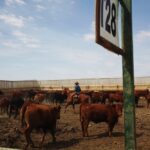
Klassen: Feeder market making seasonal lows
Surge of Canadian cattle exports expected
Compared to last week, western Canadian feeder markets were down $2-$4 on average. Prices for feeder cattle in the eastern Prairie regions were relatively unchanged from seven days earlier; however, values in Alberta and western Saskatchewan were down $4 to as much as $8 in some cases. This variation made the market hard to define. […] Read more
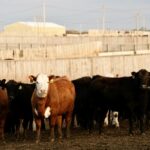
Klassen: Fed cattle prices down on the week
Compared to last week, Western Canadian feeder cattle prices were down $4 to $6 on average. Sub quality feeders traded as much as $8 below week ago levels. The market was hard to define with wide price ranges on similar weight feeders within a short distance. Southern Alberta is contending with adverse pen conditions as […] Read more
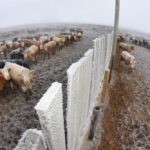
Klassen: Feeder market continues downward slide
Prairies' snowstorm leads to risk discount
Compared to last week, western Canadian yearling prices were steady to $2 lower; calves traded $2-$4 below week-ago levels. Saskatchewan and Manitoba experienced their first major snowstorm of the season last week. The market tends to incorporate a risk discount for adverse weather as buyers factor in higher death loss. Also, major feedlot operators believe […] Read more
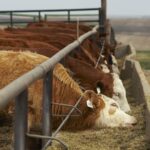
Klassen: Feeder market on soft slope
Compared to last week, western Canadian yearling prices were steady to $2 lower on average while calves traded steady to as much as $4 lower in certain regions; calves under 550 pounds were quoted $3-$6 below week-ago levels. Barley and wheat prices continue to percolate higher, causing a defensive sentiment amongst buyers. Southern Alberta and […] Read more

Understanding the feeder cattle market
Market Update: A major rally in the calf market is expected next spring
I’ve received many inquiries from producers about the feeder cattle market. Many cow-calf operators don’t understand the overall supply and demand factors for analyzing the feeder market. Sometimes I hear comments such as “just because there is more supply, why should the price go down?” Secondly, these producers often complain that there is not enough […] Read more
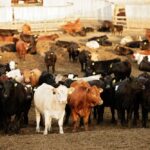
Klassen: Feeder cattle market continues on downward trend
Compared to last week, Western Canadian yearling markets dropped $2 to $4 while calf prices sank $2 to as much as $6 on average. Rising feed grain prices set a negative tone. Adverse weather also contributed to lower bids, especially in the lighter weight categories. Most auction barns had feature calf sales this past week. […] Read more
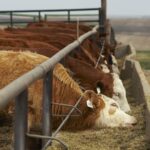
Klassen: Feeder cattle market grinds lower
Compared to last week, western Canadian yearling markets were down $2-$5 while calves dropped by $3 to as much as $8. We’re now seeing some medium-quality calves weighing around 550 lbs. sell under the psychological $200 level in central Alberta. The market is lacking demand. Feedlot inventories are running 33 per cent above the five-year […] Read more

Try to hold calves until early 2022
Market Update: After burdensome supplies to end this year, demand and prices expected to rebound
Alberta packers were buying fed cattle in the range of $157-$158 during the latter half of September; this is up $3 to $4 from late-August values of $153 to $154. The fed cattle market is in a precarious situation. Beef demand tends to improve in the fourth quarter, however, fed cattle supplies from October through […] Read more
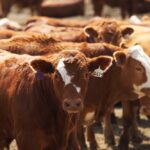
Klassen: Feeder market reflects softer sentiment
Compared to last week, western Canadian yearling markets traded $2-$4 lower; calves over 700 lbs. appeared to hold value; calves weighing less than 700 lbs. were down $3 to as much as $5. The yearling run is basically finished. Ontario buying interest was supportive in the eastern Prairie regions due to the bumper corn crop; […] Read more


